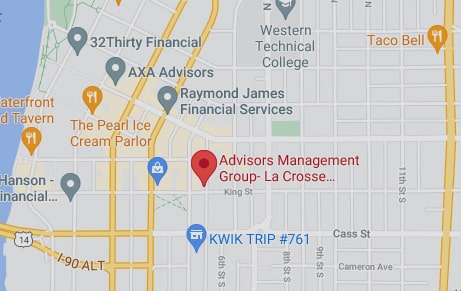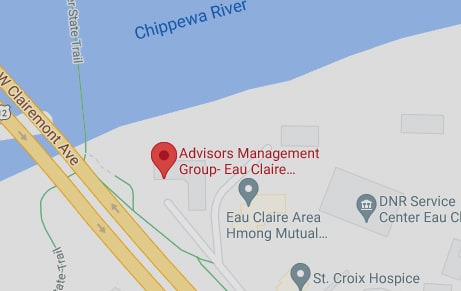Spooky season is upon us and if you are like most Americans, your little ghouls and goblins are preparing for a night of harvest time fun. According to Stata.com, Americans plan to spend $104 per person on Halloween related items. While this is a lot, this is nearly $5 less per person than last year. From candy to costumes, Americans spend a notable amount on Halloween and Fall Harvest festivities. If you are feeling the pinch, we’ve got you covered with some ideas & facts about Halloween spending and a few ways to save money this fall.
Pumpikinflation
The price of pumpkins has steadily risen from an average of $4.18 in 2019 to $5.24 in 2023. While this year’s price will be calculated after the completion of the harvest season, it is expected to be well over $5.00. Factors such as weather, energy costs, labor and cost for seeds and fertilizer all factor into the price of pumpkins. If costs are up and demand is high, expect to pay a little more for your trip to the pumpkin patch.
Instead of pumpkin carving, consider a Halloween themed craft for little ones using items from your local dollar store or things you already have at home. If you are fond of using pumpkins for décor, you may want to invest in reusable ones that are readily available at your local craft store instead of throwing away pumpkins at the end of the season. If you do opt for natural pumpkins, when you are done with them, bring them out to the woods to feed wildlife.
Candy-nomics
According to the National Retail Federation’s survey, 2023 candy sales checked in at $3.6 billion in 2023. This was a whopping 15% increase over 2022 candy sales. While it would be reasonable to assume that the 2023 cocoa shortage was a big contributor to this increase, 5 of the 10 most popular candies in the US were in fact not chocolate based treats. Love it or hate it, candy corn saw a huge increase in demand for 2023.
If you are looking for ways to spend less on candy, look to buy variety bags with more than 200 pieces which usually cost less per ounce. Buying candy mid-week prior to Halloween will offer the best prices and most opportunity for sales. Mix up your bowl. Choose options that are not made with cocoa or mix in a bag of filler candies with chocolate-based treats.
Dressing Your Spookiest for Less
Costumes from stores can range from $50-$100 and up. This cost can easily take the biggest bite out of your Halloween budget. Consider using things you already have or buy things that can be repurposed and used for other things. Pajamas, leggings, sweatpants and plain t-shirts can often be used for the base of costume but can be worn again. Add cardboard, aluminum foil, plastic, pool noodles, paint and imagination and the options are endless.
Thrift shops and resale stores are a great place to find a costume that is ready to go. Children’s costumes can be found at rummage sales. Do you know people who always have amazing costumes? See if you can borrow or buy their old ones.
All Treat, No Tricks
Food is an important part of any holiday and Halloween is no exception. After a night of trick or treating, you may be tempted to take the kids out for dinner. Dinner at home is always a thriftier option. Why not make a Halloween themed dinner? Spooky treats don’t have to break the bank and kids like getting involved in food prep. Consider making a pumpkin shaped pizza from refrigerated pizza dough, creating jack-o-lanterns quesadillas or mummy-dogs from hot dogs and refrigerated crescent dough.
Halloween is a favorite time of year for many people and is a major contributor to the retail and entertainment industries. While it may be filled with tricks and treats, it is also generating billions in economic impact for America’s economy. This can really add up for families who are participating in the festivities. The good news is that there are a lot of ways to keep your budget in check while enjoying everything the season has to offer.
 |
Rebecca AgamaiteInvestment Advisor Representative Rebecca joined the firm in 2011 as an Investment Advisor Representative. In this role, she works with clients to manage their investment assets and help them obtain their financial objectives. Rebecca brings a great deal of experience to the team having worked for several years at Marshall & IIsley Bank and MetLife. She earned a Masters of Business Administration degree (with an emphasis on finance) from Concordia University. |
Advisors Management Group, Inc. is a registered investment adviser whose principal office is located in Wisconsin. Opinions expressed are those of AMG and are subject to change, not guaranteed, and should not be considered recommendations to buy or sell any security. Past performance is no guarantee of future returns, and investing involves multiple risks, including, but not limited to, the risk of permanent losses. Please do not send orders via e-mail as they are not binding and cannot be acted upon. Please be advised it remains the responsibility of our clients to inform AMG of any changes in their investment objectives and/or financial situation. This commentary is limited to the dissemination of general information pertaining to AMG’s investment advisory/management services. Any subsequent, direct communication by AMG with a prospective client shall be conducted by a representative that is either registered or qualifies for an exemption or exclusion from registration in the state where the prospective client resides. A copy of our current written disclosure statement discussing our advisory services and fees continues to remain available for your review upon request.



